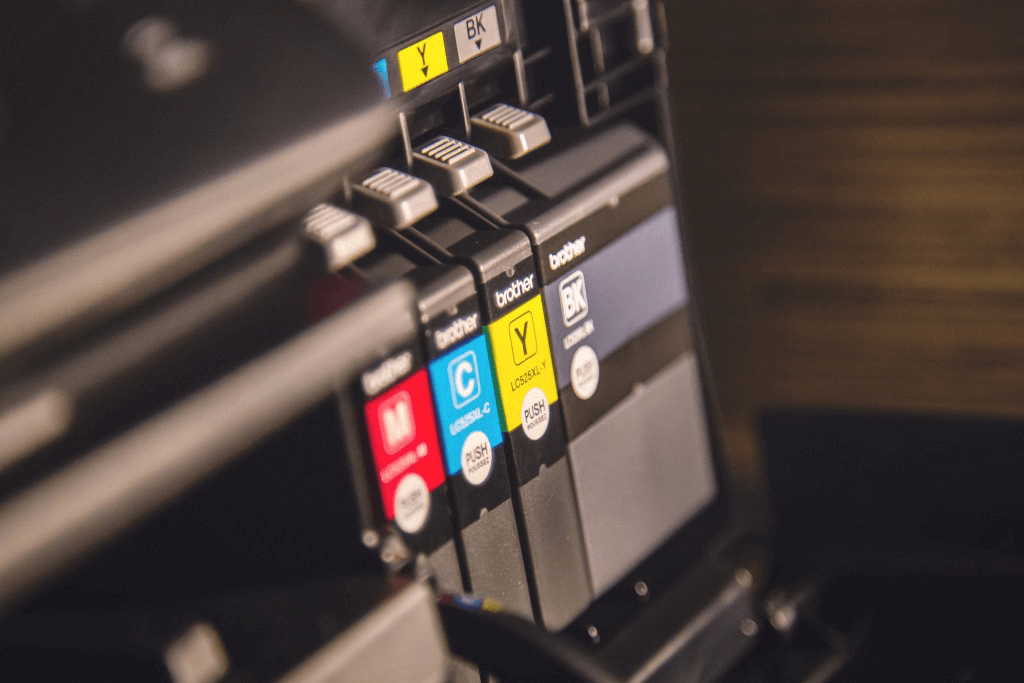Property technology – Proptech as it is more commonly known – has enjoyed unprecedented adoption rates over the last three years. Investment in Proptech set record highs at $14 billion over the course of 2019. By the end of the same year, investment had reached $31.54 billion. Even with a 24.7% decline in venture capital funding in 2020, Proptech ended the year with a surprising $23.75 billion investment. It has evolved to become a critical part of providing comprehensive, high-quality building services. It is a tool for enhancing the quality of life for building occupants, moreso with the health risks posed by the coronavirus pandemic.
Studies have shown that more adults are paying attention to their health right now than before the pandemic. Moreover, concern for health is identified as a significant source of stress for many people which highlights the impact of the current situation on physical and emotional wellbeing. More than ever, people are seeking solutions that will ease their anxiety about their health and safety while indoors.
Since we spend 90% of our time indoors, maintaining an ideal environment is a critical health consideration, and property technology has proven to be an effective way to achieve this goal.
What is Proptech?
Proptech is a strategy adopted for the real estate industry where innovative technology is used to facilitate the way people rent, research, buy, sell, and manage property. It benefits all stakeholders involved, from the investors to the developers, property management companies, buyers and occupants.
Proptech seeks to improve operations by reducing paperwork, optimizing transactions, and enhancing occupant wellbeing. Modern property technology platforms often combine smart home technology, digital dashboards, data, research and analytics, mobile applications, and many other technologies to achieve these goals.
What can Proptech do to improve health and wellbeing in built environments?
Property technology is revolutionizing efforts to create healthier buildings due to the COVID-19 outbreak. Its many applications have empowered building owners and managers to create safer environments for their occupants.
● Proptech can create ‘immune’ buildings.
The IMMUNE building standard is an internationally recognized certification awarded to buildings considered safe from the transmission of COVID-19 or other communicable airborne diseases.
Property management technology can integrate existing infrastructure, technology, and connectivity to successfully create a real-time view of a building’s environment across multiple operation levels, including sanitation and resource management, making it safer for occupants.
By implementing smart building monitoring, data and maintenance, and collection systems through interconnected devices and IoT technologies, Proptech provides knowledge and control. It comes with the benefit of integrating performance, operations, and tenant experience to enhance decision-making and capital allocation. This provides significant benefits since smart building managers can consolidate each of these findings to improve occupant wellbeing.
● Proptech can enhance building ventilation, filtration, and humidity
Ventilation
Proper ventilation is one of the most effective defenses against airborne pathogens. Research has shown that allowing outdoor air into a building dilutes air contaminants, thereby reducing the chances of infection. It is so effective that a model developed by Harvard’s Healthy Buildings program found it is as good at controlling airborne disease outbreaks as inoculating about 50% of the population.
Unfortunately, many building managers have been ignoring the principles of proper ventilation. They prefer to recirculate indoor air to increase efficiency. When it’s too hot or cold and windows stay shut, air leaving vents may be recirculated entirely, increasing the risk of infection during disease outbreaks, including the common cold or flu; this is the reason why when one person in the office gets sick, everybody else catches the bug as well.
Proptech can facilitate proper circulation by ensuring ventilation units function as intended. This can be achieved through data about the indoor spaces of the building. Once this data is fed into analytics software, it reveals ventilation problems that operators can address proactively. Moreover, the data can be displayed on panels within the building to show tenants the property is being managed in a health-conscious way.
Filtration
There are situations where it’s not possible to altogether avoid recirculating air. For this reason, it’s vital to minimize cross-contamination through proper air filtration.
Since the coronavirus outbreak, several properties have installed filters with a MERV (minimum efficiency rating value) of 13 or higher. Still, some have retained low-filters that capture less than 20% of viral particles. Although they aren’t perfect, MERV 13 filters (capable of capturing about 80% of viral particles) are a critical improvement over the standard air filtration systems most building operators have relied on for a long time.
Regrettably, filters can’t do much if they aren’t replaced and changing air filters is a task that’s often skipped in favor of more immediate concerns.
Property technology can ease the burden of servicing multiple filtrations systems. Instead of relying on a rigid, calendar-based schedule, sensors can proactively alert operators that filter changes are needed. This serves a two-fold purpose of ensuring high indoor air quality and eliminating unnecessary tasks. The building software can also automatically verify whether a filter has been replaced, ensuring accountability for operators and transparency for management officials.
Humidity
Indoor humidity is going to receive a significant amount of attention in the aftermath of the COVID-19 pandemic, since there is compelling scientific evidence that viruses survive longer the farther away it is from a humidity level of 50%. Tenants may demand real-time evidence that indoor humidity is being kept at optimal levels. Fortunately, most air quality sensors used to identify particulate matter can take humidity readings in real-time, along with carbon dioxide, carbon monoxide, and volatile organic compound levels. These readings can be displayed in common areas and tenant spaces.
What proptech solutions improve health and wellbeing in built environments?
Proptech solutions empower building/facility managers to:
- Prevent airborne disease transmission
- Detect issues impacting occupant health and wellbeing, and manage processes, equipments
- Create an optimal indoor environment.
One of the key technologies that can advance health and wellbeing at the same time improve operational and energy efficiency in built environments are sensors, data and analytics.
Sensors, data and analytics are the fundamental proptech components that enable all the functions discussed thus far. There are two main reasons for this.
One can do several things to improve indoor air quality, but it’s impossible to address the potential dangers a building’s occupants face without the relevant data. That’s why properly-calibrated environmental sensors are so crucial. Various sensors provide alerts whenever pollutant levels rise above acceptable thresholds, enabling building managers and owners to take quick action before any adverse incidents occur.
These devices also help reduce energy costs and increase productivity. Taking space utilization as an example, building managers constantly seek out better ways to optimize the layout and improve efficiency. Environmental sensors can also identify and monitor the occupancy of rooms or desks in real-time. This information gives building staff a better understanding of how space is utilized, so they can make improvements. Sensors can also manage and maintain assets. They are capable of detecting problems and switching off redundant assets.
Property technology is a vital asset in holistic building performance evaluation. It facilitates good IAQ, which improves occupant health, comfort, and satisfaction levels. Facility owners and managers gain benefits from happy occupants as a result of improved Indoor environmental quality. Continuous building monitoring provides useful insights for facility managers to identify and resolve problems at a percentage of the cost that would ordinarily be required.







